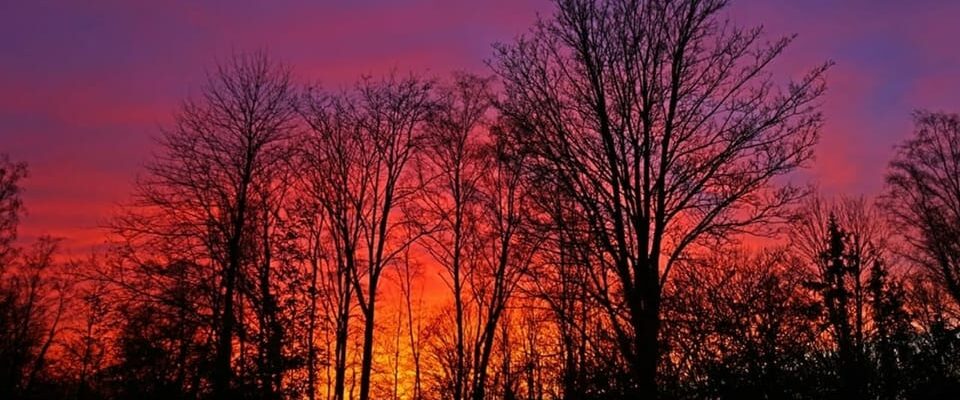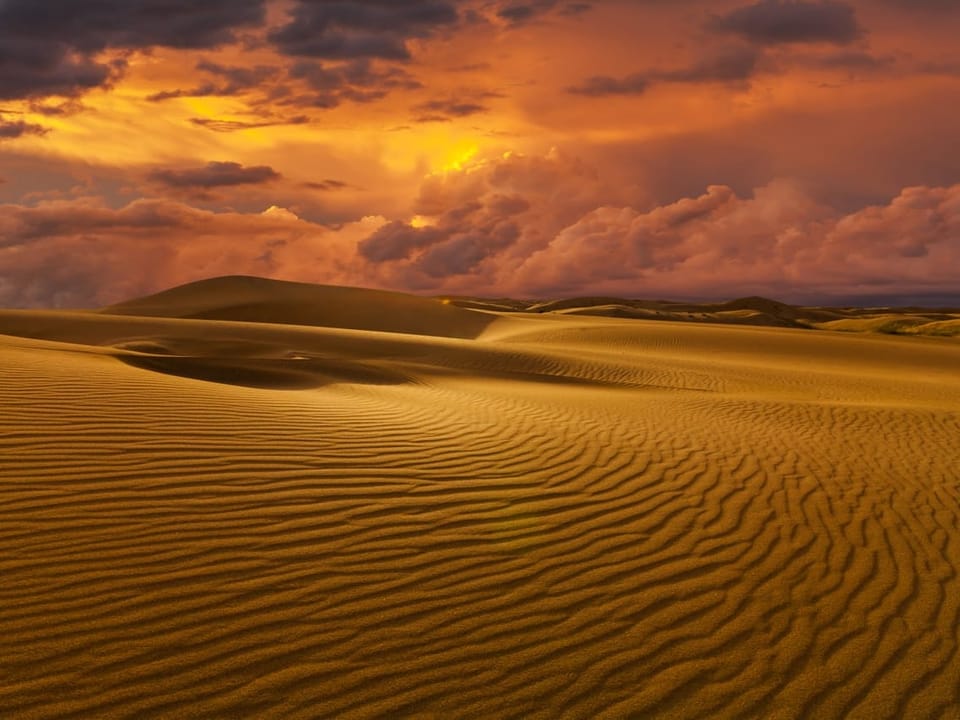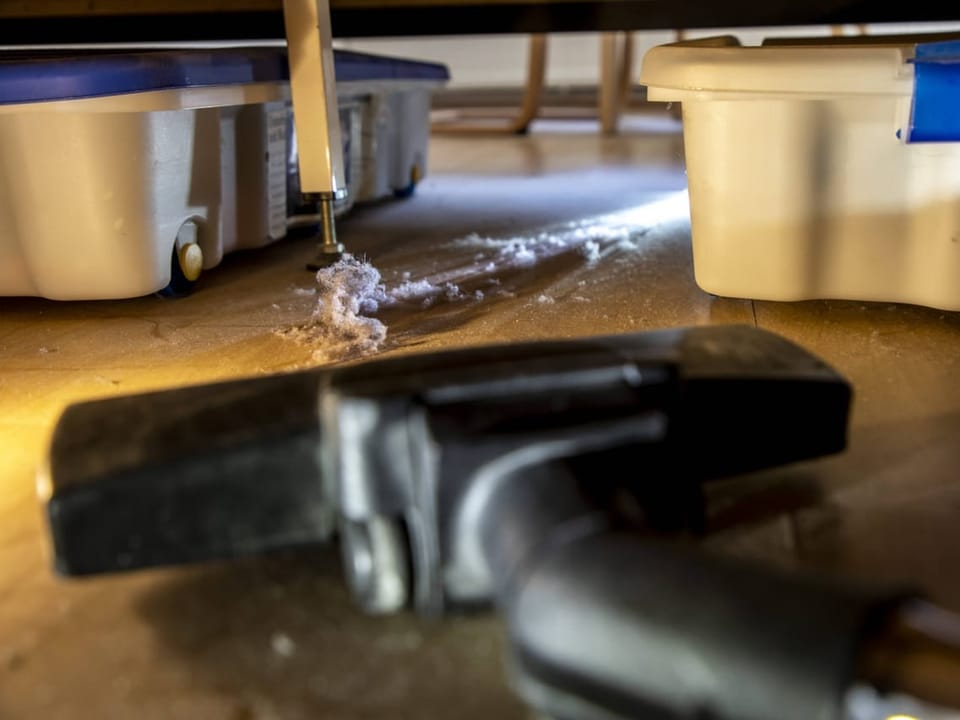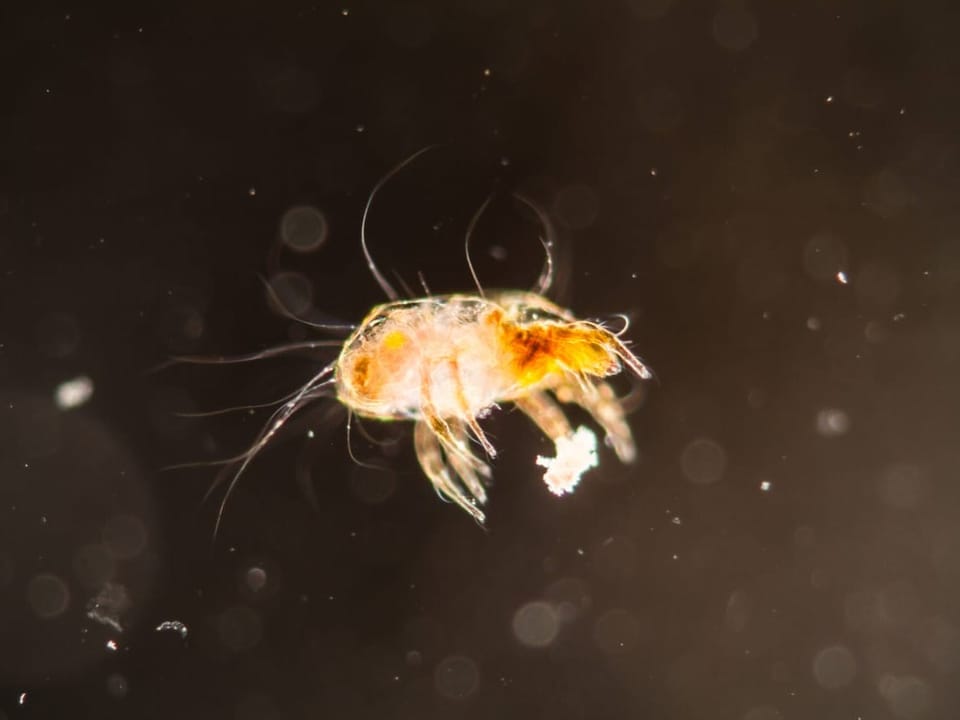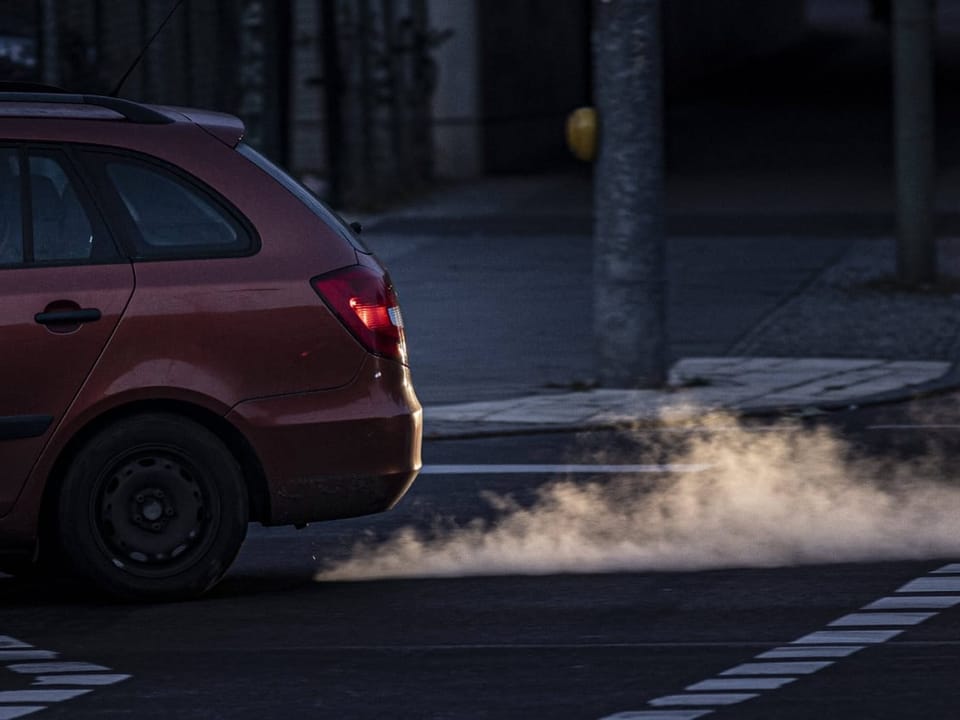Contents
Dust is always there and everywhere. But not all dust is the same – there are very different types of dust. From annoying house dust to valuable pollen to problematic fine dust. A short, non-exhaustive journey through the world of dust.
When the sun shines through the window, you can see it particularly well: countless dust particles dancing through the air. Or under the bed: large balls of dust have accumulated here.
A colorful cocktail
At first glance, this gray house dust is monotonous. In fact, it is a colorful mixture that consists largely of human skin flakes and hair or fibers from clothes, carpets and sofas. These dust particles are created when we scratch or move – every day. That’s why it’s impossible to ever completely get rid of dust at home.
But scales and fibers aren’t everything: dust is also made up of food crumbs, dirt from outside and bacteria or mold. And it is a habitat for house dust mites. They feed on the skin flakes and make life difficult for allergy sufferers with their feces.
Why we need dust
At home, dust is one thing above all else: annoying. However, dust has important functions in the environment, for example as pollen. This ensures that plants multiply and is therefore relevant for many of our foods.
Sahara dust plays another important role. Winds carry it halfway around the world. And where it reaches the ground, it acts as fertilizer. The Sahara dust contains important nutrients, including iron and phosphorus. It is estimated that almost 30 million tons reach the Amazon rainforest every year. But phytoplankton and bacteria also benefit from nutrient-rich desert dust in the Mediterranean and the Atlantic.
Saharan dust – but also other dust particles in the atmosphere – also cause intense sunrises and sunsets. This is because the dust particles scatter and reflect some of the sunlight. Dust ensures that red light in particular reaches us.
Seeds for clouds
Dust particles are also needed for clouds to form. Water vapor condenses on them, i.e. it changes from a gaseous to a liquid state. Many small droplets can then form a large drop and it rains. Or ice crystals grow and it snows.
When dust is harmful to your health
Dust can also be problematic, especially if it is very fine. A major source of such fine dust is traffic: brake dust, tire abrasion or dust from burning fuel are produced here. Other man-made sources are agriculture, industry or heating – natural sources are forest fires or volcanic eruptions.
The problem with these fine dust particles: They can penetrate into the lungs – the smaller they are, the deeper, even into the blood. And there they can cause inflammation. This promotes asthma attacks, bronchitis, lung cancer, strokes, but also heart attacks or diabetes.
At home, fine dust is also created when we light candles or incense sticks. What helps is ventilation – if you live on a busy street, you just shouldn’t do this during rush hour.
